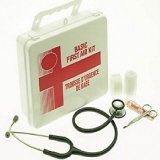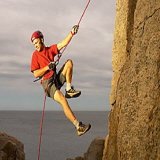|
Pitching From Bad Lies
'Hitting the ball is the fun part of it, but the fewer times you hit the ball the more fun you have.' - Lou Graham
Everyone eventually lands in a bad lie. It’s just a fact of life. Even a good shot sometimes ends up in a divot. Shots off the mark, on the other hand, sometimes land on bare ground or in the rough. Pitching successfully from a bad lie cuts strokes from your score and positions you for your next shot.
The key is maintaining your focus. The same applies from a divot or bare ground it isn’t as tricky as it seems; in fact, it’s fairly straightforward by selecting the right club and making a few adjustments. Here are 5 tips to help you to chip well out of a bad lie: 1. Select a club with a sharp leading edge
No single club is ideal for hitting from a bad lie. While a sand wedge is tempting, it’s better to hit a pitching wedge or a 9 iron. Their sharper leading edges increase your chances of striking the ball solidly. Also key to hitting from bad lies is your attack angle. After selecting your club assume a normal posture, with the hands ahead of the ball and the club shaft and your left arm (for right-handers) forming a direct line down to the ball positioned in the middle of your stance or toward the back of it. Lean forward slightly. The ball position and weight shift encourage a steeper angle of attack than usual.
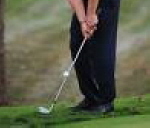
The downswing is similar to hitting a pitch shot from a clean fairway lie, except for the wrists. Set these slightly earlier in the takeaway than normally. Also critical is the centring of your weight over the ball. Coil your upper body over your flexed right knee. As you coil, you’ll shift your weight slightly backward, positioning to hit the ball with a strong descending blow.
A ball landing in deep rough is one of the few times on a golf course where more force is required. Don’t change your swing; just put some muscle into it. Your main goal here is simply to get of the grass and onto the fairway, in good shape for the next shot. The last thing you want to do is end up in the rough again. Also, experiment with different clubs. Experimentation will tell you which clubs you hit best from which lie. Of course, not every pitch shot has to be perfect. So try hitting the ball close to the pin by landing on spots other than the green, such as a few feet in front of the hole, and letting the ball roll. Or, try using the green’s contour help funnel the shot to the hole.
Landing in a bad lie doesn’t have to ruin a good hole. If you maintain focus, choose the right club, and make adjustments to your stance and swing, you’ll be able to hit successfully from a bad lie. Players with low golf handicaps are adept at this. Players with high golf handicaps, on the other hand, need to practice this. Once you’ve developed confidence in your ability to do so, you’ll take landing in a bad lie in stride. Return from Pitching to Golf
|





 Some useful Tips on Pitching
Some useful Tips on Pitching
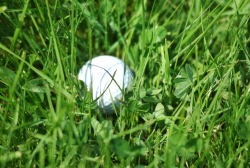
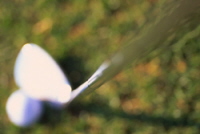 You’ll need force to punch the club head down into the back of the ball, driving it forward. Most of your weight should be on the front foot at impact, while your head should be centred over the ball as the club head cuts through the grass. Also, keep your left-hand firm.
You’ll need force to punch the club head down into the back of the ball, driving it forward. Most of your weight should be on the front foot at impact, while your head should be centred over the ball as the club head cuts through the grass. Also, keep your left-hand firm.

